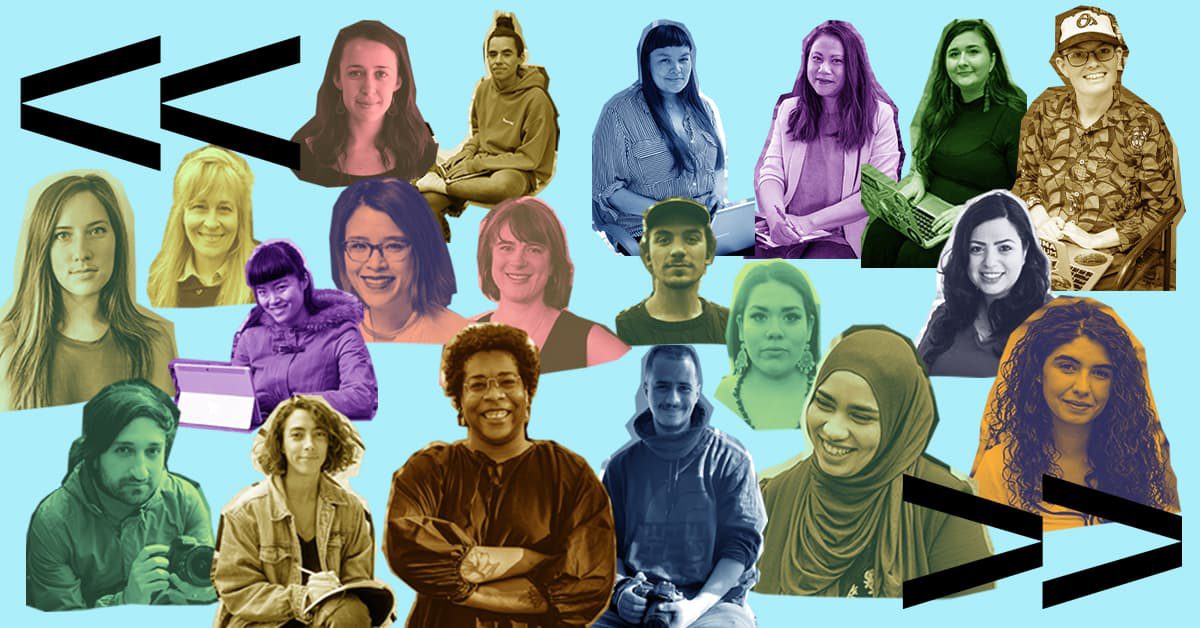La Converse is bridging divides in Québec
I became a journalist because I wanted to write stories that mattered to people. In the midst of the pandemic, I quit my job to create a news outlet that Quebec deserves to have. One that democratizes journalism, where staff are representative of our province’s demography. It’s an organization that is close to the communities it reports on, is accountable to them, follows up, and that’s not afraid to get deep into stories. One where I can take the time to communicate with and understand the people with whom I speak.
In May, I launched La Converse as a pop-up project designed to offer journalism that listens to what our audience has to say and investigates their concerns. At the beginning, the project was supposed to last four weeks. But thanks to our supporters, it’s six months on and we’re still publishing stories that stem directly from their concerns, are told in a spirit of dialogue and focus on solutions.
As a member of the Roma community, one that has been repeatedly harmed by problematic media coverage, I really believe this type of journalism is a starting point and a catalyst for change. For me, the values of transparency, conscientiousness and community participation ensure that all underrepresented communities are covered with integrity. It’s human rights journalism that can bridge divides and foster change. Because great journalism is journalism that touches hearts and changes lives, one article at a time.
La Converse’s first story — Nourrir pour réunir, written by our reporter Takwa Souissi — about food solidarity programs that brought the Muslim community together during Ramadan, featured a volunteer program run by community leader Sister Sabria. It inspired a donation of $60,000 by a French-Canadian reader to support Sister Sabria’s work. While not all of our stories will have that much tangible impact, they certainly can change how people perceive others.
Soon after our first story was published, many of you have reached out to us to tell us about your concerns. From the realities of temporary migrant workers, solutions to police brutality, the forgotten BIPOC victims of sexual assault, the fear of the Uighur community, the truck drivers of the Quebec experience program, the children born in Canada with no access to heath care, the Holocaust survivors speaking for the first time, the racialized reporters speaking out about the racism they’ve faced in our industry, instances of anti-Indigenous racism in health care and the teachers affected by Bill 21, our organization has continued to stay agile and respond to our communities’ needs.
In order to continue doing this work sustainably, we must rethink traditional approaches to journalism and develop relationships with our audience. But we also must work with reporters who can develop these relationships. That’s why our team is made up of people who come from various walks of life and backgrounds. Every time we draft a story, we consider its impact on the community we report on. Who are we serving? What does our journalism do concretely for the community we want to serve?
This approach, no doubt, requires harder work. But we believe to our core that it will have impact.
To support us, click here, and to read our work, visit La Converse.


